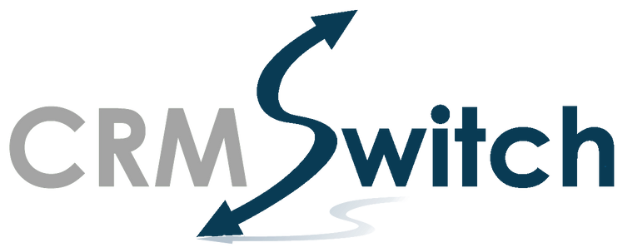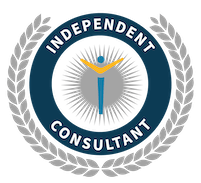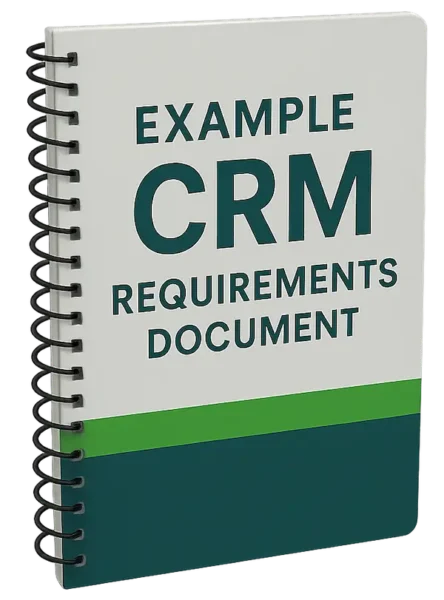When a deal closes, the post-sales operational work begins.
Successful customer onboarding, implementation, and support hinge on how well information is transferred from sales to the teams responsible for delivery and service.
Poor handoffs delay adoption, frustrate internal teams, and damage customer relationships before they’ve had a chance to grow.
A shared CRM system is the connective tissue between pre-sales and post-sales. It provides visibility, continuity, and context, ensuring everyone involved in customer success has access to the whole picture from day one.

Why Handoffs Are Fumbled
Many IT project managers and customer-facing teams find themselves starting from scratch after a deal is signed. The reasons are predictable:
- Sales reps record key customer information in siloed documents or local notes.
- Engineering and implementation teams receive only a PDF contract or a minimal intake form.
- No single source of truth exists to track customer expectations, commitments, or key contacts.
This leads to time-consuming discovery calls, scope mismatches, and a poor customer experience during what should be a high-trust phase.
Example: New Customer Onboarding Without Shared Context
A sales representative for a medical technology company closes a deal for a custom product with stringent specifications and delivery requirements. The product and engineering teams receive only the basics. Hours are spent repeating questions that have already been answered during the sales cycle, such as those regarding specifications, timelines, testing, and logistics.
If a shared CRM had documented those early conversations, all stakeholders would begin work fully informed, accelerating deployment and building immediate customer trust.
How CRM Solves Post-Sales Handoff Issues
A shared CRM eliminates blind spots by capturing and centralizing all relevant deal data. Here’s what that looks like in practice:
- Customer onboarding teams get immediate access to product requirements, timelines, and promised outcomes
- Implementation and deployment teams are responsible for reviewing all technical specifications, compliance requirements, and milestone expectations
- Customer support and account management can track user training schedules, SLA terms, and known escalation paths
Each internal group works from the same record. There is no wasted time, misunderstandings, or missed commitments.
Key CRM Features That Enable Better Transitions
- Linked contacts and roles: Know exactly who the customer stakeholders are—buyers, influencers, technical leads, and billing contacts
- Custom fields for requirements: Capture HIPAA needs, system compatibility, and integration preferences upfront
- Activity history: View every meeting, email, and call summary from the sales cycle
- Document storage: Contracts, diagrams, and onboarding checklists stored in one place
- Handoff workflows: Automate notifications and assign onboarding tasks immediately when a deal is marked as Closed Won
Example: Promised Features Lost in Translation
A SaaS sales team closes an enterprise deal with a healthcare client. The rep promised HIPAA-compliant features and a custom reporting dashboard. But none of it is visible to the product team after the signature. Now the implementation plan doesn’t match what was sold, triggering rework and friction.
If all sales conversations had been documented in the CRM—including feature promises and compliance terms—the product team could have properly scoped and scheduled the build from day one.
The Ripple Effect: Downstream Teams Benefit Too
The impact of clean handoffs goes beyond onboarding.
Example: Chargebacks and Missing Terms
A customer disputes an invoice, claiming they were promised different pricing and freight terms. The A/R team can’t confirm, and the account manager is unavailable. Without CRM visibility, the team doesn’t even know who to contact on the client side.
With a properly maintained CRM, the support and finance teams would see the agreed-upon terms, contacts, and any special arrangements, enabling a quick and professional resolution.
Benefits of Streamlined Post-Sales Handoffs
- Faster time to value: Teams start with complete context.
- Higher customer satisfaction: Clients feel heard and understood.
- Improved retention and renewals: Relationships are managed proactively.
- Easier upselling and cross-selling: New needs are visible and traceable in CRM.
- Fewer support escalations: Known issues and past fixes are recorded.
When sales closes a deal, the baton needs to be passed—clearly and thoroughly.
A shared CRM is the best tool for capturing customer needs, expectations, and promises made during the sales cycle. It gives onboarding, implementation, and customer success teams the clarity they need to deliver value quickly and build lasting relationships.
CRM isn’t just for sales. It’s the foundation for follow-up, relationship management, and long-term customer success.



